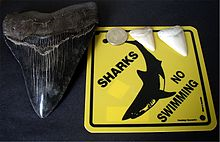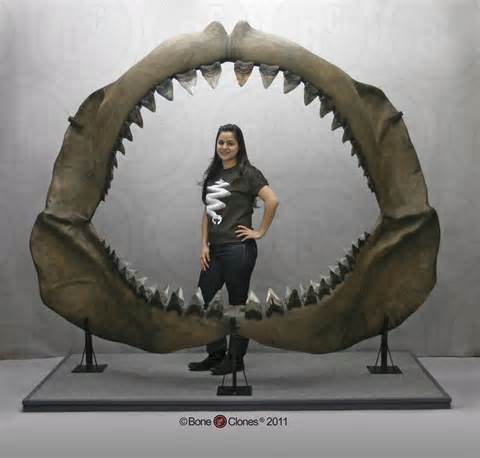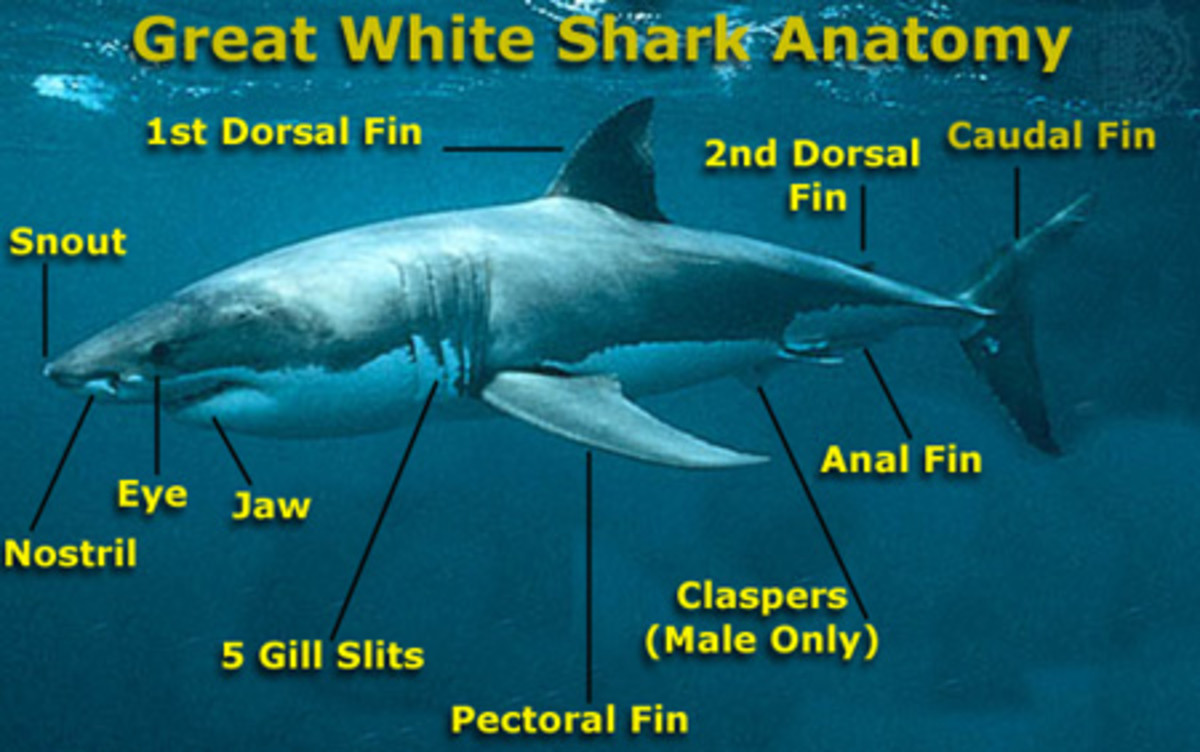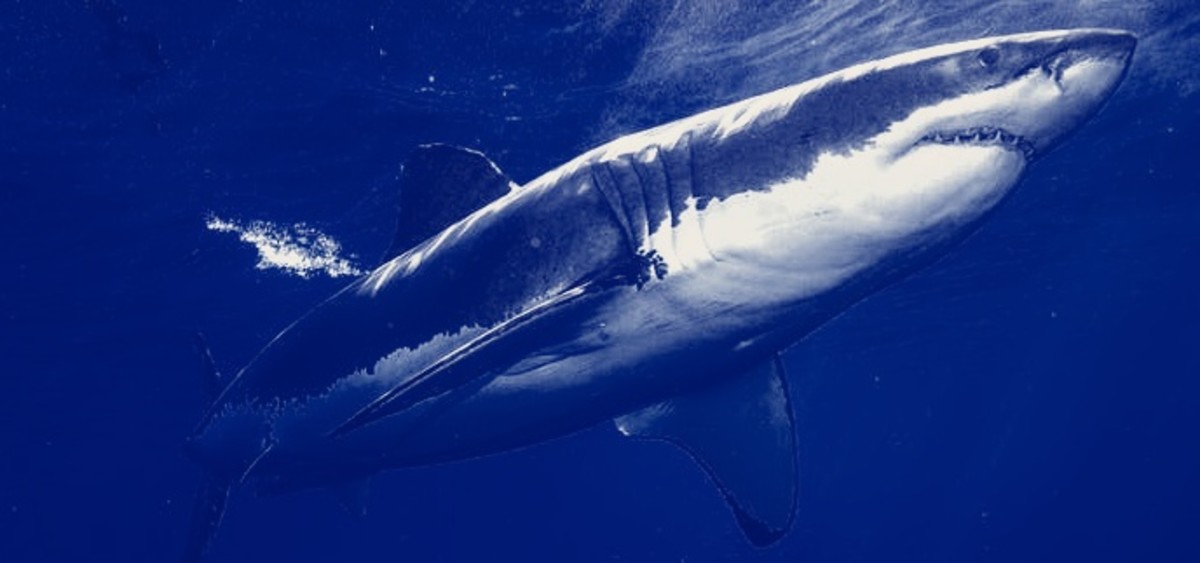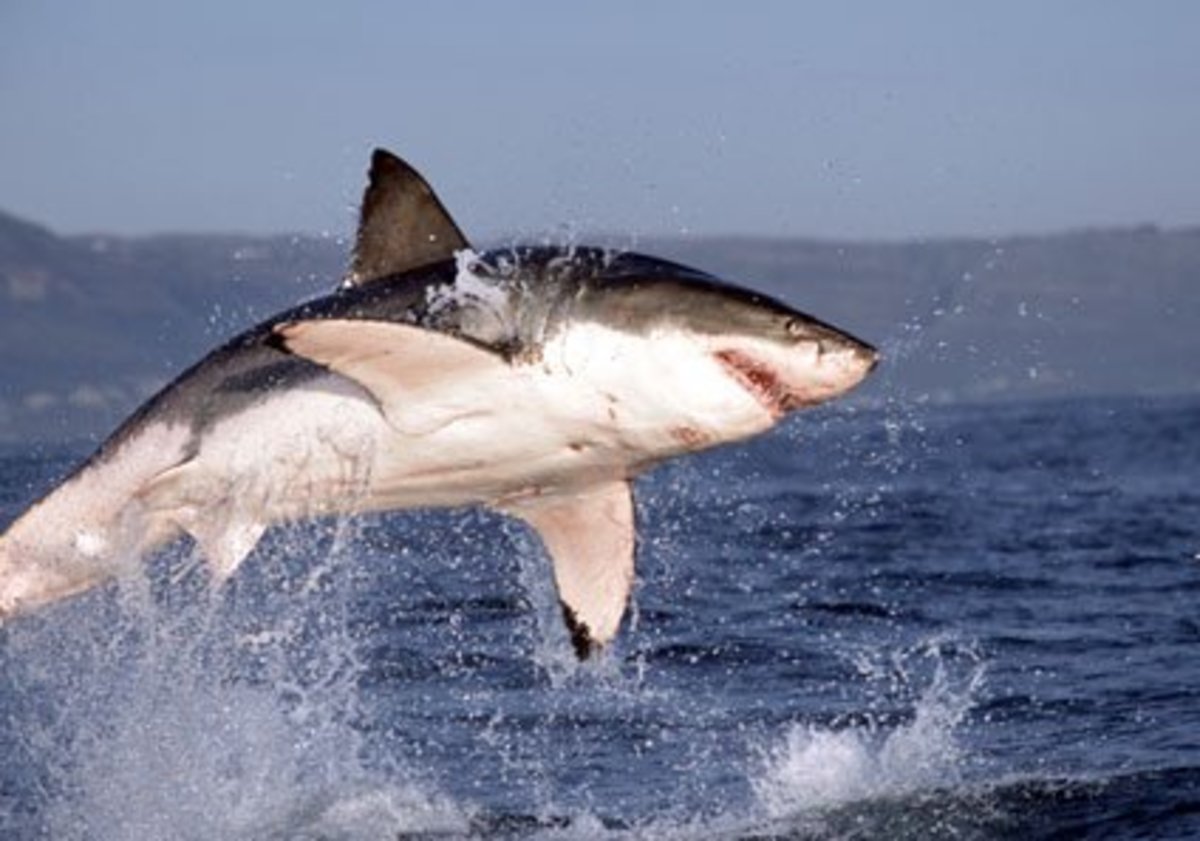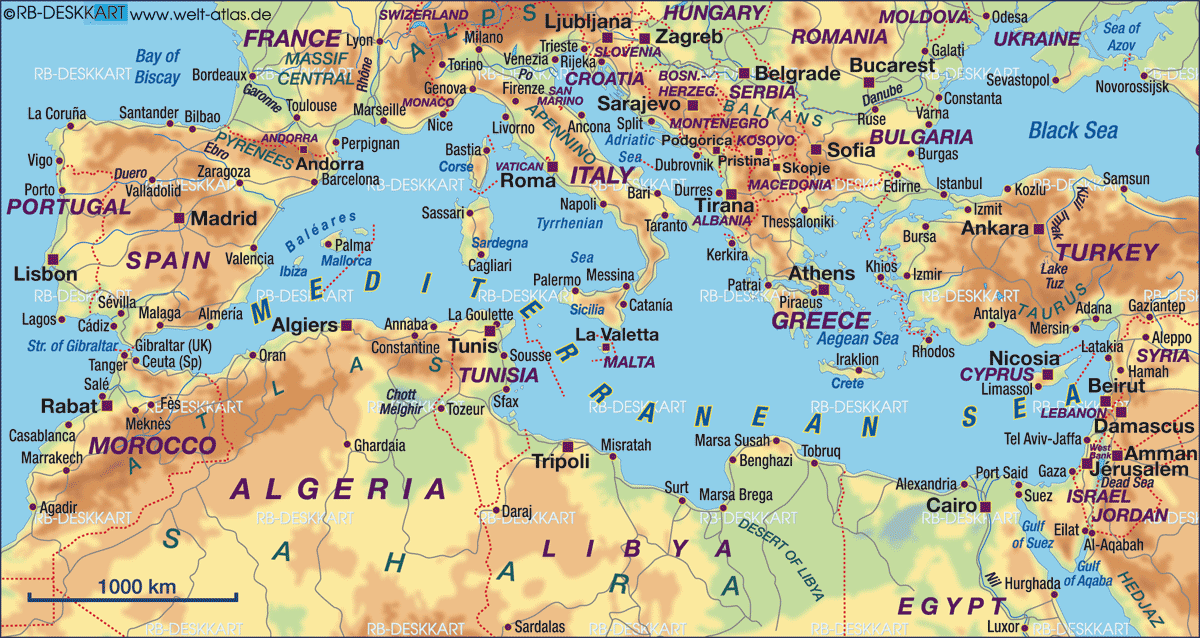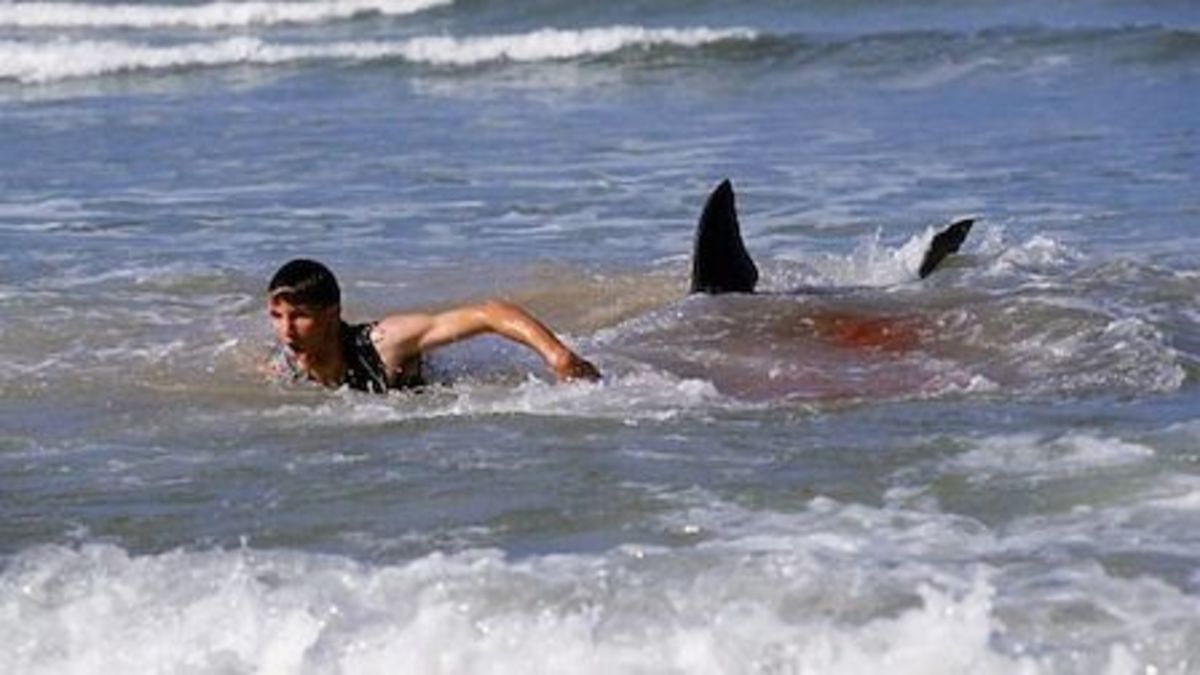- HubPages»
- Education and Science»
- Life Sciences»
- Marine Biology»
- Marine Life
Megalodon - The Megalodon Shark
What is Megalodon?
The Megalodon Shark or Carcharodon Megalodon is the biggest prehistoric shark known to man. This means it was the biggest predatory marine animal ever on the entire Earth. If Megalodon was still alive today, it would put all the sharks that we know to shame. The Megalodon shark would be three times larger than a Great White Shark. Great White Sharks grow to be about 20 or so feet long, so this means the Megalodon shark was over 60 feet long and in some cases closer to 70 feet long.
The word Megalodon stands for "bit tooth" and "big and might" from Greek origins, and the Megalodon shark was definitely big and mighty! The closest relative to the Megalodon Shark is the Great White Shark. Scientist believe that the Megalodon Shark had many similar characteristics that our current Great White Shark has. The biggest different between the Megalodon Shark and the Great White Shark is of course the Megalodon's size. Megalodon was a giant, massive, enormous shark that dominated the waters in pre-historic times. If the T-Rex was in charge of the land, then the Megalodon Shark was the one in charge in the water.
Megalodon Means "Big Tooth"
Megalodon didn't get its name just by chance it was given the name Megalodon because of the Megalodon teeth. Megalodon's teeth are literally gigantic. Scientists have found Megalodon teeth that are over a half a foot long, serrated, and heart shaped. This means the Megalodon's tooth was bigger than an adults fist. The only other known animals to have teeth as large as Megalodon are the T-Rex and some Saber Tooth Tiger canines.
Speaking of Megalodon's teeth lets talk about its biting power. The Great White Shark has a bite of 1.8 tons, a lion has a bite of 600 pounds, the Megalodon shark has the bite power of anywhere between 10.8 and 18.2 tons. This means Megalodon could crush through a large marine animals skull like a grape.
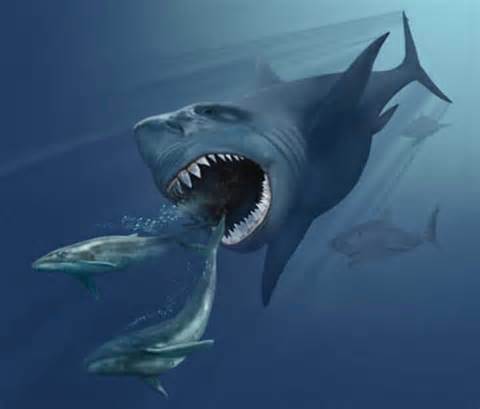
How Big Did Megalodon Get?
As stated before the Megalodon shark was three times larger than any current Great White Shark. The Megalodon shark could grown anywhere from 40 to 70 feet. This giant shark would have weighed somewhere around 100 tons! So some of the things Megalodon could swallow whole include a school bus, an adult human, a Great White Shark, etc...
Megalodon was so big that it ate prehistoric whales, dolphins, giant squid, and even giant prehistoric turtles and their shells.
Where has Megalodon Been Found?
Megalodon fossils and teeth have been found all over the world. Fossils and teeth have been excavated from Europe, Africa, North America, South America, Jamaica, Puerto Rico, Cuba, Australia, New Zealand, The Canary Islands, Japan, Malta, and India.
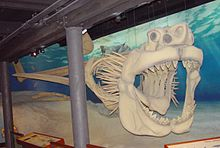
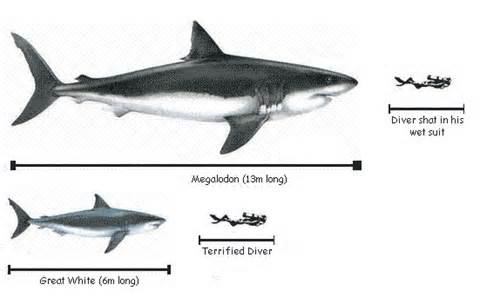
How Did It Attack?
The Megalodon Shark lived anywhere from 28 million to 1.5 million years ago. The Megalodon Shark relied heavily on much larger prey than current sharks do. The Megalodon shark often bit off the flippers first to immobilize large prey such as whales. After the prey was left helpless with out its fins or flippers Megalodon would then come in for the kill. Scientists have made this assumption by their findings of fossil evidence. Many Megalodon shark teeth have been found with the fossils of very large prehistoric whales. The whales often have damage to their flippers, fins, or vital organ areas(rib cages). So the shark was intelligently immobilizing its prey.
However, other fossil evidence shows that the Megalodon Shark attacked its prey from underneath. Hiding in the murky waters Megalodon would burst at high speeds from under its prey.
Megalodon Documentary
What Happened to Megalodon?
One of the major reasons Megalodon may have become extinct was from the cooling ocean trends that took place during the period of time Megalodon was on the Earth. Scientist believe that the Megalodon preferred warmer waters and Megalodon also gave birth to its young in warm shallow waters. So the cooling of the ocean waters would have greatly decreased the number of Megalodon sharks.
Also, some of Megalodons food sources died out from the ocean temperature changes, or the migration patterns of the Megalodon's prey changed from the cooling temperatures. There was less large prey for the Megalodon sharks to eat. At the time when food was scarce Megalodon Sharks may have began eating each other or younger Megalodon sharks.
